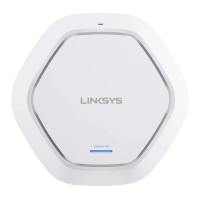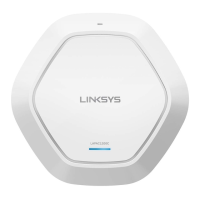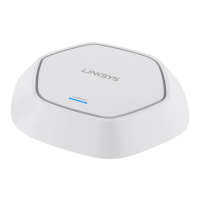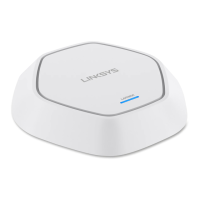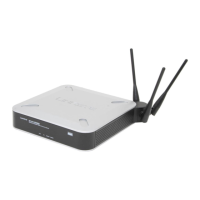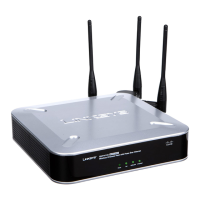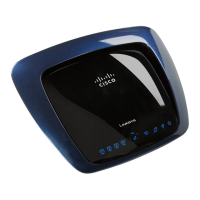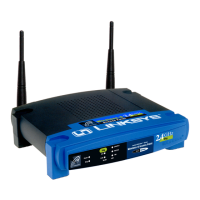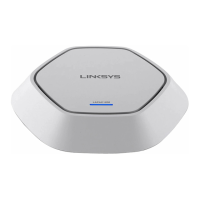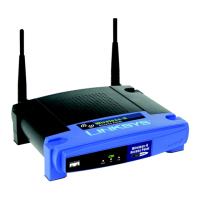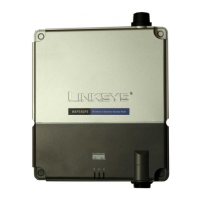61
Section 3: Configuring the Access Point
LAPAC1750PRO Access Point Software User Manual
WAP EDCA Parameters
Queue Queues are defined for different types of data
transmitted from AP-to-station:
• Data 0 (Voice) — High priority queue, minimum
delay. Time-sensitive data such as VoIP and
streaming media are automatically sent to this
queue.
• Data 1(Video) — High priority queue, minimum
delay. Time-sensitive video data is automatically
sent to this queue.
• Data 2 (best effort) — Medium priority queue,
medium throughput and delay. Most traditional
IP data is sent to this queue.
• Data 3 (Background) — Lowest priority queue,
high throughput. Bulk data that requires
maximum throughput and is not time-sensitive
is sent to this queue (FTP data, for example).
AIFS (Inter-Frame
Space)
Arbitration Inter-Frame Spacing (AIFS) specifies a wait
time for data frames. The wait time is measured in
slots. Valid values for AIFS are 1 through 255.
cwMin(Minimum
Contention
Window)
This parameter is input to the algorithm that
determines the initial random backoff wait time
(window) for retry of a transmission.
The value specified for Minimum Contention Window is
the upper limit (in milliseconds) of a range from which
the initial random backoff wait time is determined.
The first random number generated will be a number
between 0 and the number specified here.
If the first random backoff wait time expires before
the data frame is sent, a retry counter is incremented
and the random backoff value (window) is doubled.
Doubling will continue until the size of the random
backoff value reaches the number defined in the
Maximum Contention Window.
Valid values for cwMin are 1, 3, 7, 15, 31, 63, 127, 255,
511, or 1023. The value for cwMin must be lower than
the value for cwMax.
cwMax
(Maximum
Contention
Window)
The value specified for the Maximum Contention
Window is the upper limit (in milliseconds) for the
doubling of the random backoff value. This doubling
continues until either the data frame is sent or the
Maximum Contention Window size is reached.
Once the Maximum Contention Window size is
reached, retries will continue until a maximum
number of retries allowed is reached.
Valid values for cwMax are 1, 3, 7, 15, 31, 63, 127, 255,
511, or 1023. The value for cwMax must be higher
than the value for cwMin.
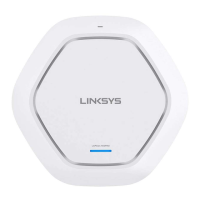
